Quinoa is increasingly popular as an alternative to rice or pasta. It's a small seed with a nutty taste, and contains all nine essential amino acids. But what if you need some quinoa substitutes to make your meals or snacks?
Here I share nine healthy quinoa substitutes, all of which are pantry staples and taste delicious! I've given as overview of each, including their flavor, and health benefits.
Check out my orzo substitutes post for more ideas for alternative carbs for your meal!
A note for my low histamine readers - this is a broad informational post and may refer to some high histamine foods. Always follow the advice of your doctor or dietician.
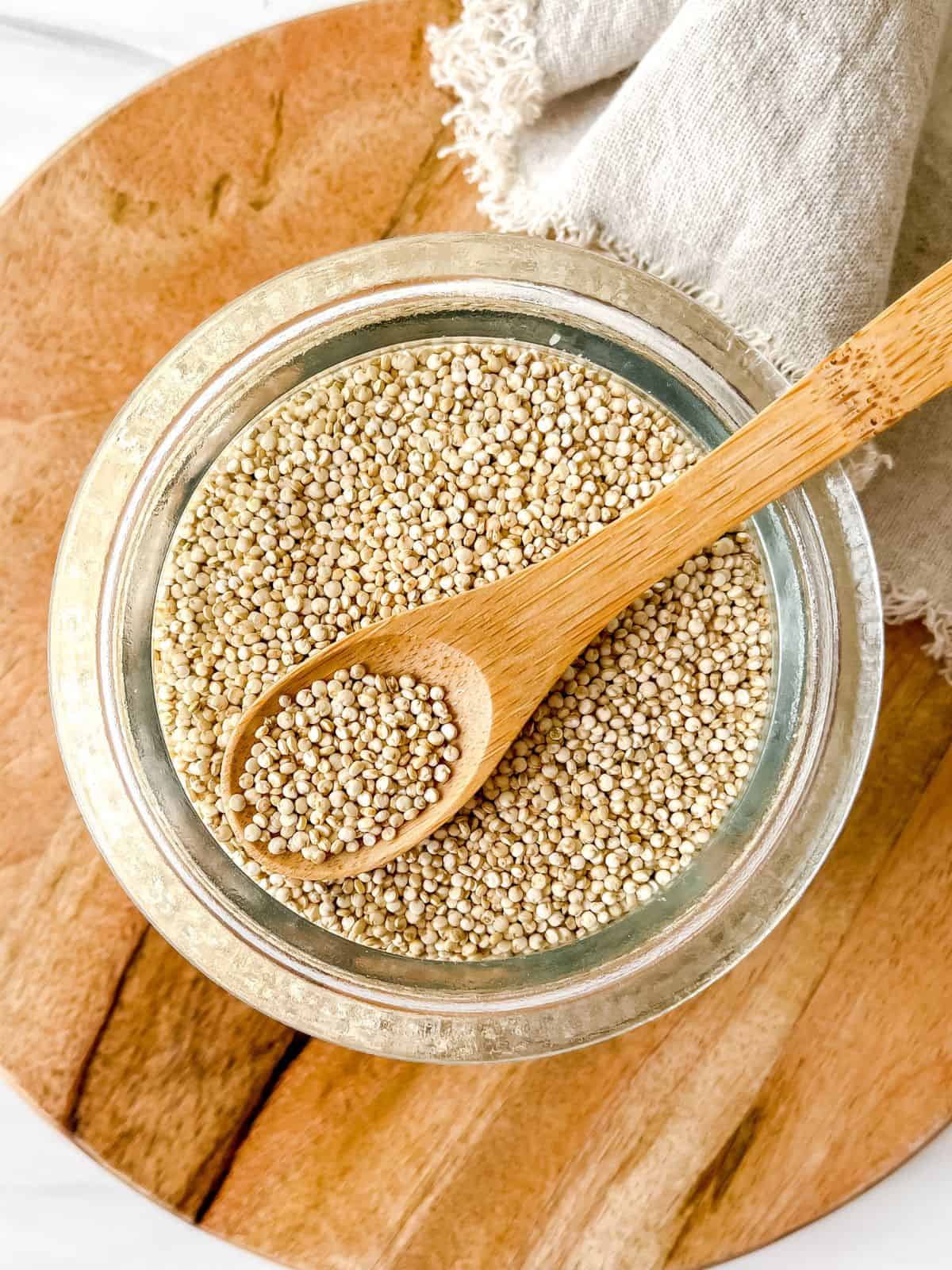
Jump to:
What is quinoa?
While classified as a wholegrain, quinoa is technically a seed and is suitable for a gluten free diet. White quinoa is typically the most common type but this seed comes in a variety of colors, including white, yellow, red and black.
Quinoa is a good source of protein, and is known as a 'complete protein' as it contains all nine essential amino acids. In their overview of quinoa, Healthline describes that it contains more protein and fiber than most other grains.
A versatile food, this little seed can be enjoyed throughout the day! For breakfast you may like a tasty quinoa breakfast bake, for lunch a quinoa salad and it's perfect in a warming vegetable quinoa soup for dinner.
How do you cook quinoa?
It is very easy to cook quinoa. Simply add to a pot of salted water (or vegetable broth), bring to a boil and then reduce to a simmer. It takes 12-15 minutes to cook.
Rinsed dry quinoa can also be added to soups and stews and cooked in the broth.
Always make sure the quinoa has unfurled its 'tails' to know that it is thoroughly cooked through.
Quinoa substitutes
If you aren't too keen on quinoa, or simply have none in the pantry, there are plenty of alternatives to quinoa to make your breakfast, lunch or dinner! Here are 9 quinoa substitutes to enjoy:
White or brown rice
Rice (Oryza sativa) is a very common food, and comes in two types - white and brown rice.
In terms of nutrition, Medical News Today describes that brown rice has more health benefits than white rice. That being said, white rice tends to be eaten more often, and is a good source of carbohydrate and has some protein.
If you are looking for quinoa alternatives, then brown rice has more fiber, as well as having antioxidants, minerals, lignans and plant compunds.
Rice is easily cooked in a rice cooker or on the stove top. It can be served as a side dish for a stir-fry or other dishes, added to soups, made as rice pudding or form the basis of a meal such as in risotto.
Why not try my coconut turmeric rice for a tasty side dish, or my vegan beetroot risotto for dinner!
Couscous
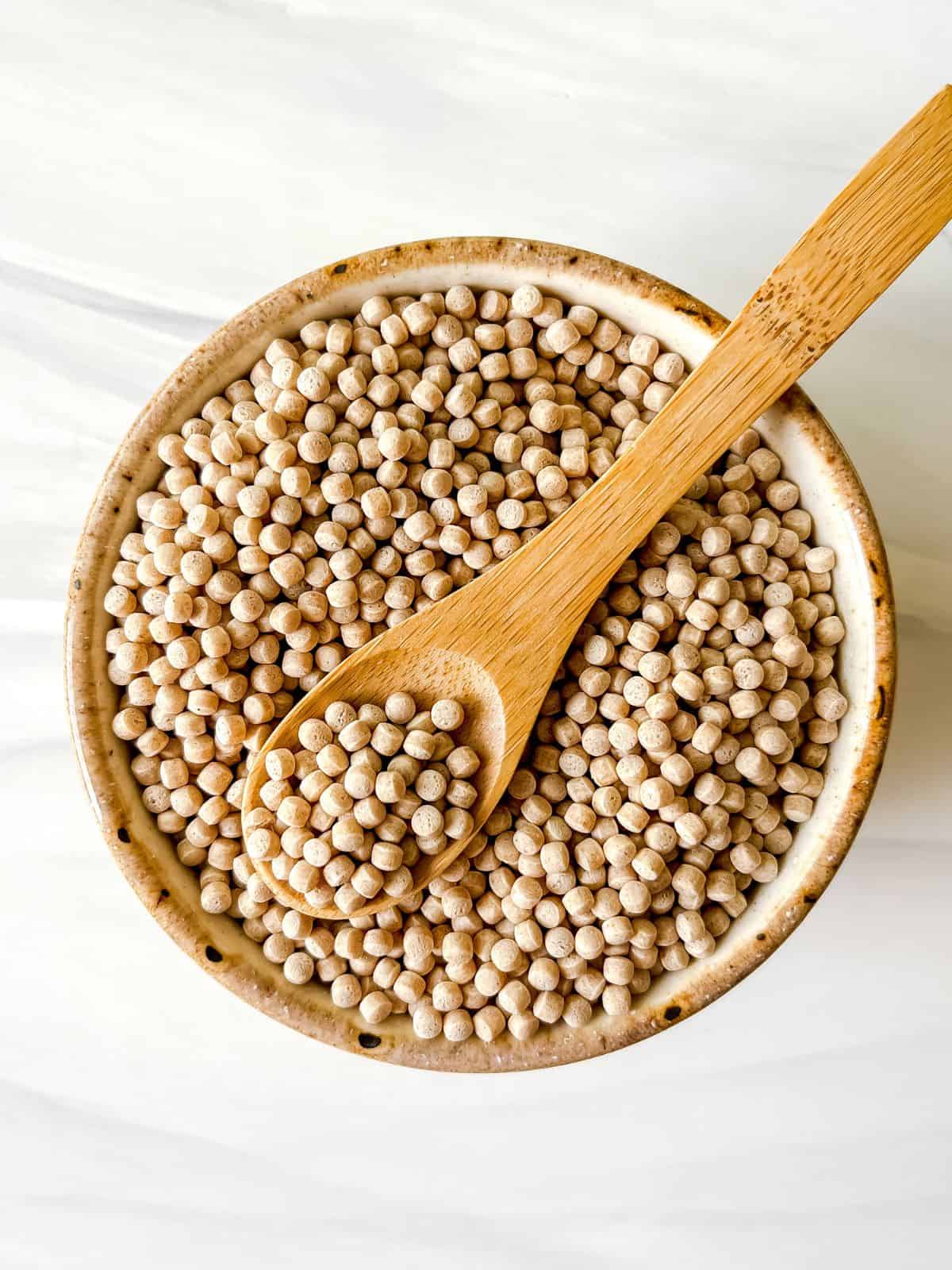
Couscous most closely resembles quinoa in terms of appearance, but is technically a pasta made with semolina flour from durum wheat. As BBC Good Food describes in their overview of couscous, there are three types of couscous - Moroccan, Israeli and Lebanese.
BBC Good Food also highlights five health benefits of couscous. It is a source of selenium, fiber, plant protein, a healthier alternative to white rice and a healthy fast food.
As a quinoa substitute, couscous is actually easier to cook. Simply place in a bowl, pour over boiling water and cover. After around five minutes, 'fluff up' the couscous with a fork and it is ready to serve.
Why not try a tasty couscous buddha bowl for lunch or couscous stuffed butternut squash as a side or main dish!
Wild rice
Wild rice isn't actually a rice at all, and is actually the seed of an aquatic grass. You can buy wild rice as it is, or often in a mix with white rice. It makes for a tasty and nutritious alternative to quinoa and can be eaten in hot or cold dishes.
In their overview of wild rice, Healthline describes that is contains 'impressive amounts of several nutrients, including protein, manganese, phosphorus, magnesium, and zinc'. Similarly to quinoa, it contains all nine essential amino acids, making it a complete protein.
Wild rice is easily cooked in water, and can be served hot as a side dish or mixed into soups or stews. You can also eat in cold in a tasty wild rice salad!
Cauliflower rice
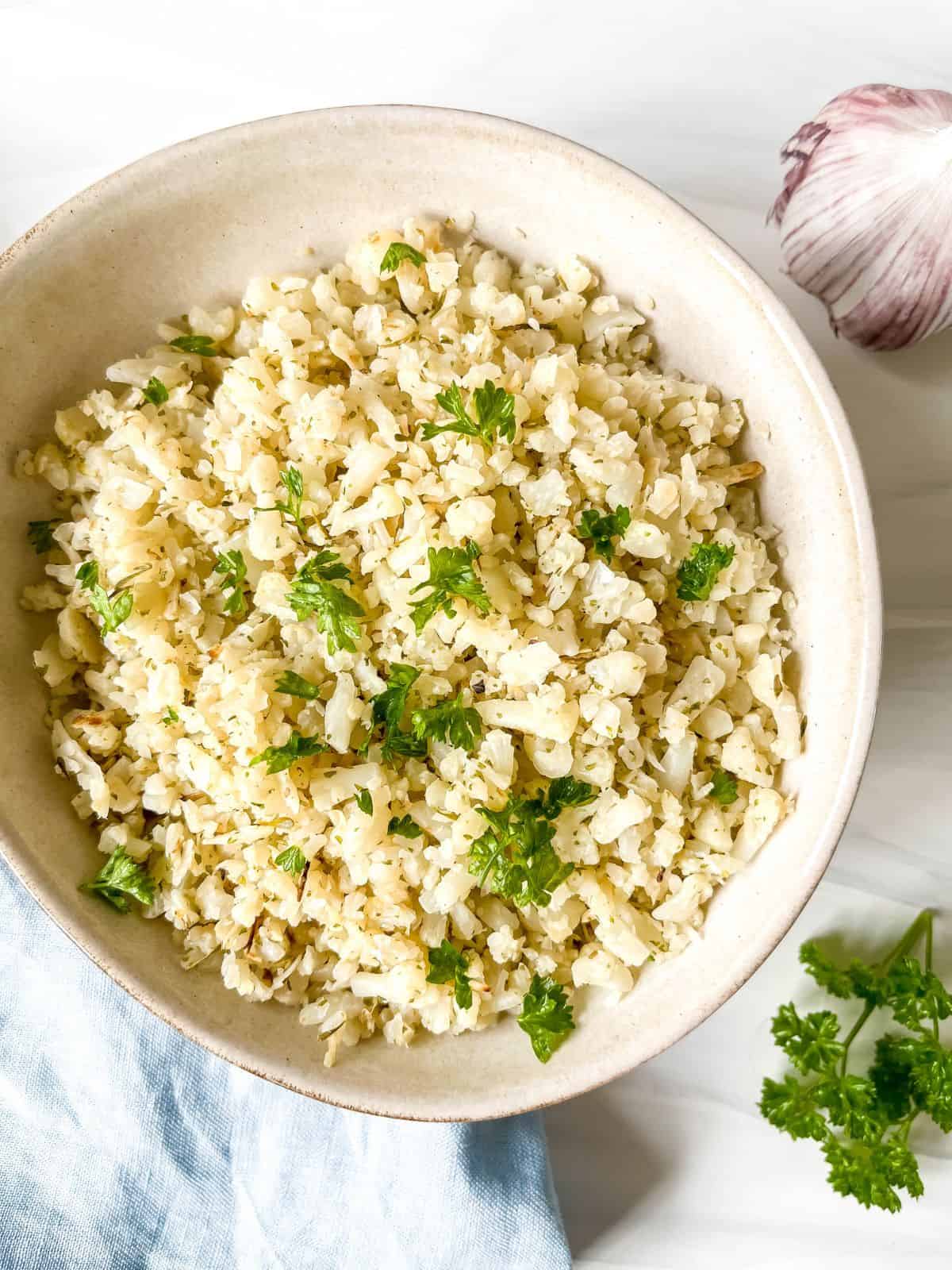
Cauliflower rice makes for a tasty quinoa substitute, yet isn't a grain or seed at all! It's simply cauliflower pulsed into very small pieces to resemble a grain and is a low carb substitute for quinoa.
As a cruciferous vegetable, cauliflower is a nutritious food to add to the diet. In their overview of the health benefits of cauliflower, BBC Good Food note that it is a good source of antioxidants, is high in choline and sulforaphane and may support hormonal balance and the immune system.
Cauliflower rice is very easy to make. You can either blend yourself and then steam or fry, or cook pre-prepared frozen cauliflower rice. It's lovely as a side dish as a 'swap' for grains and helps you add another veggie to your plate!
Related post: easy low histamine diet food swaps
Millet
As described by Healthline, millets are a group of cereal grains that below to the Poaceae family, commonly known as the grass family. They are gluten free, yet tend to be eaten less in the West than rice or other grains.
Millets are rich in nutrients and plant compounds, with Healthline noting in their overview of the benefits of millets that they are 'rich in antioxidants, soluble fiber, and protein. In particular, they may lower cholesterol and blood sugar levels'.
It is very easy to cook millet as a quinoa alternative. Simply rinse, optionally toast the millet, then cook in water or broth in a saucepan. Super simple!
Pasta
Pasta comes in many forms these days, from traditional durum wheat pasta to those made from brown rice, quinoa, lentils and more.
It is very simple to prepare pasta. Add to a pot of boiling water, add a pinch of salt and then simmer for around ten minutes, depending upon the type of pasta.
As a substitute for quinoa, smaller pasta shapes such as macaroni are good for soups but if you are simply looking for a starchy side then most types will work well!
Why not try my easy kale pasta or my vegan broccoli pesto pasta for a comfort food dinner!
Barley
Barley (Hordeum vulgare) is perhaps the least common grain in these quinoa alternatives. It's a cereal grain, and member of the grass family.
In terms of taste, barley has a subtle nutty flavor making it work well in stews and to make breads. It's also used to make beer.
The taste and texture of barley makes it a good quinoa replacement, particularly in soups and stews.
As Healthline describes in their overview of the health benefits of barley, this grain 'contains many important vitamins, minerals, and antioxidants. What's more, it's a good source of beta-glucan, a fiber which may help lower cholesterol and blood sugar'.
Bulgar wheat
Bulgar wheat is a cracked dried wheat that is made by blanching groats, drying them and crushing them into smaller pieces. As BBC Good Food describes in their overview of bulgar wheat, it is often used in Middle Eastern dishes such as tabbouleh, stews and as porridge.
In terms of taste, bulgar wheat has a light earthy and nutty flavor with a slight 'bite' to it in terms of texture. In this way, it is quite similar to quinoa.
As Healthline's description of the health benefits of bulgar wheat explain, this food is a wholegrain and an especially good source of manganese, magnesium, iron, protein, and fiber. It's important to note that it is not gluten free.
Bulgar wheat can be served as an alternative to quinoa as a side dish, or used in place of it in salads and stews.
Potatoes
Potatoes are a classic side dish, and you can use both white potatoes or sweet potatoes.
Making potato dishes means choosing your favorite cooking method - whether is is mash, boiled, steamed, fried, baked or as hash browns.
White potatoes are a good source of vitamin C, B6, potassium and manganese, as described by Healthline in their overview of the health benefits of potatoes. Cooking style does vary their nutritional profile.
Frequently asked questions
Couscous makes a good substitute for quinoa, and has a similar size and texture. While quinoa is gluten free, it is important to note that couscous is not.
Rice would work well in many dishes in place of quinoa, including in soups and stews or as a side dish.
Cauliflower rice is a low carb alternative for rice.
Recipes using quinoa substitutes
Find some tasty recipes using quinoa substitutes!
Related posts
9 Best Orange Juice Substitutes
10 Pantry Staple Substitutes for Beans
10 Leafy Green Substitutes for Spinach
12 Best Almond Butter Substitutes
Easy Yogurt Alternatives for Smoothies
I'm always in the kitchen, so come join me on Instagram, Facebook and Pinterest for more recipes and helpful resources!
A note for my low histamine readers - please note that this is a broad informational post and may contain reference to higher histamine foods.

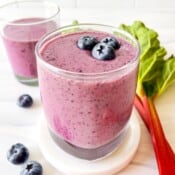
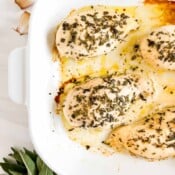
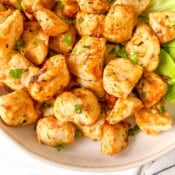
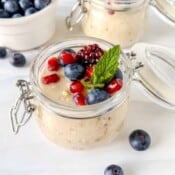
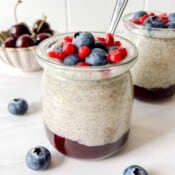
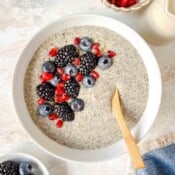
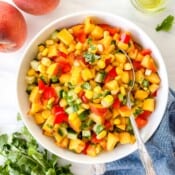
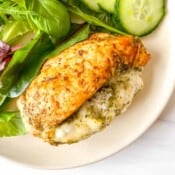
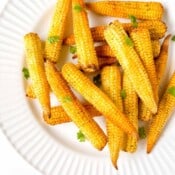
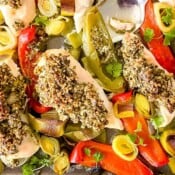
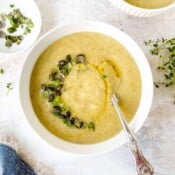
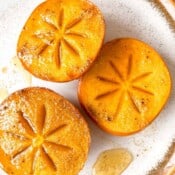
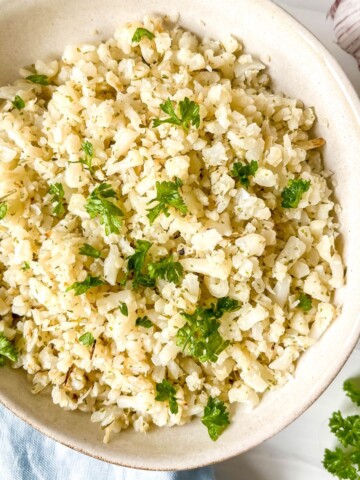
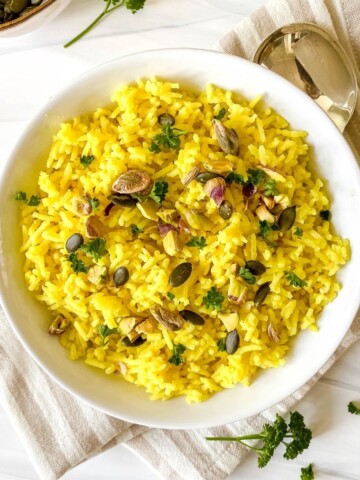
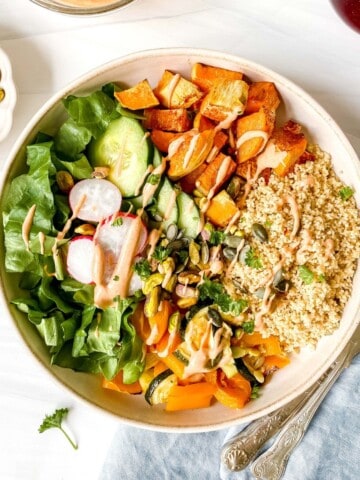
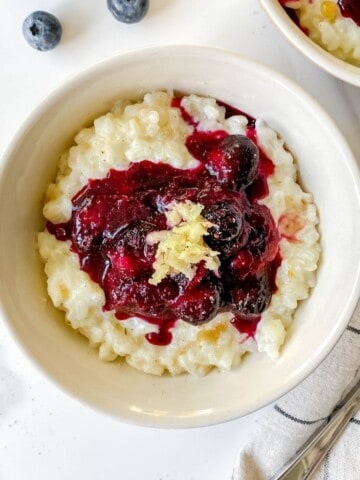
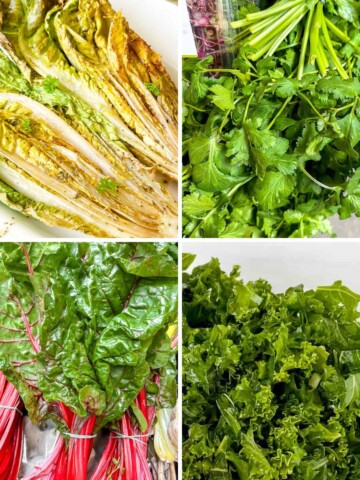
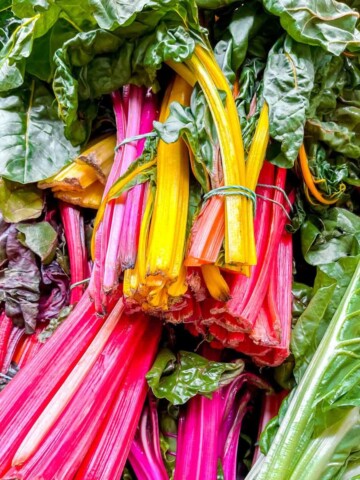
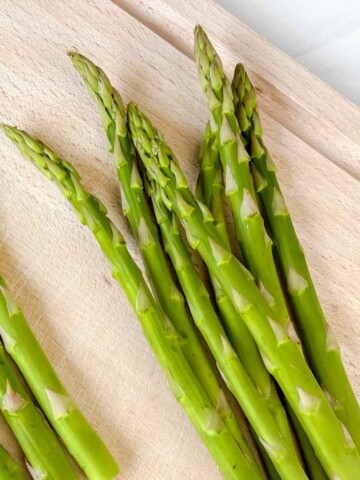
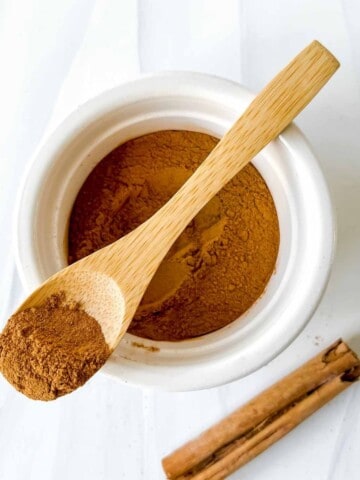
Comments
No Comments